
Findings from three years of follow-up indicate that 11.5% of diabetes cases could be prevented
The Circulatory Risk in Communities Study investigated the association between nocturnal intermittent hypoxia as a surrogate marker of OSA and risk of type 2 diabetes in community residents aged 40–69 years (n = 4,398).
After a median (interquartile range) follow-up period of 3.0 years (2.9–4.0 years), 210 participants developed diabetes, and the multivariableadjusted HR (95% CI) for developing type 2 diabetes was 1.26 (0.91–1.76) among those with mild nocturnal intermittent hypoxia, and 1.69 (1.04–2.76) among those with moderate-tosevere nocturnal intermittent hypoxia (P = 0.03 for trend) .
In a study carried out in Toon, Japan, the adjusted ORs (95% CI) for impaired fasting glucose, glucose intolerance and diabetes for participants with ODI ≥15.0 events/h were 1.27 (0.72–2.23), 1.69 (1.03–2.76) and 1.28 (0.59–2.79), respectively, compared with participants with ODI <5 events/h.
The HOMA index and Matsuda index, both of which reflect insulin tolerance, were significantly associated with the severity of sleep-related intermittent hypoxemia, as assessed using ODI (P = 0.03 and P = 0.007, respectively) .
To evaluate the contributing effect of OSA on type 2 diabetes in the Japanese population, we calculated the PAF of 3% ODI levels in relation to incident type 2 diabetes (Figure 2) 41 . In total, the PAF of OSA for diabetes development is 11.5% (3% ODI ≥5 events/h), suggesting that if OSA were successfully treated in the population, 11.5% of diabetes cases could be prevented.
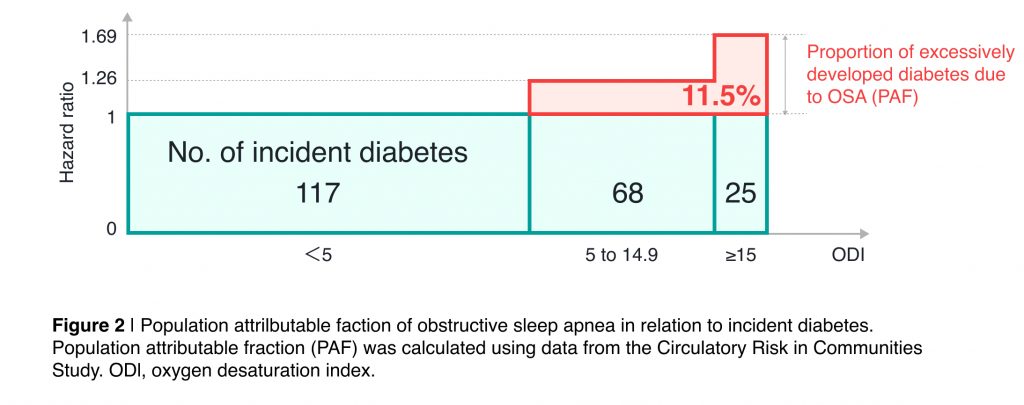
The newly upgraded GO2SLEEP 3 offers advanced blood glucose measurement and provides in-depth Oxygen Desaturation Index (ODI) information. Order now to experience advanced health management, embrace a better and healthier life.

ALL ARTICLES
Subscribe Us
Products
Company
Copyright © SLEEPON. All rights reserved.
SLEEPON keeps both Sleeponhealth and Sleepon.us due to the brand upgrading. We promise to provide the same products and service in both sites.
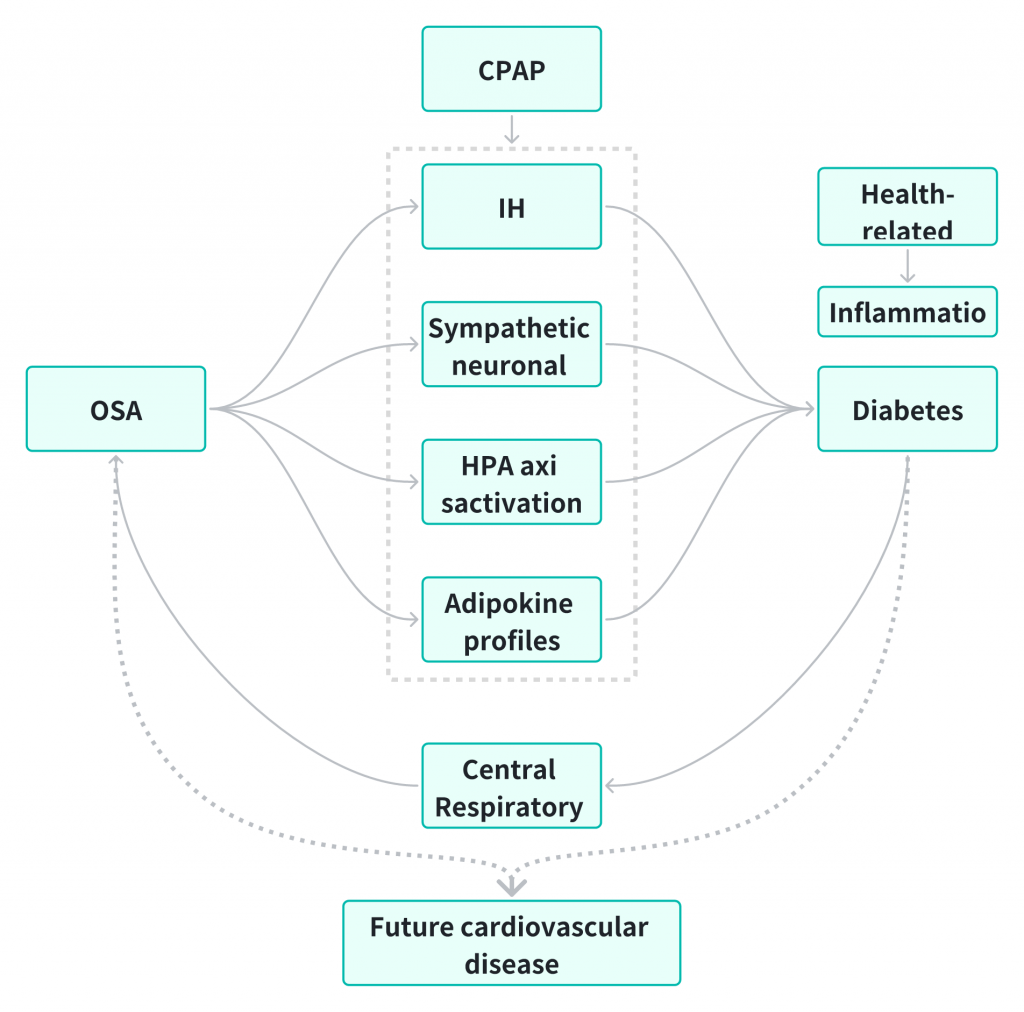
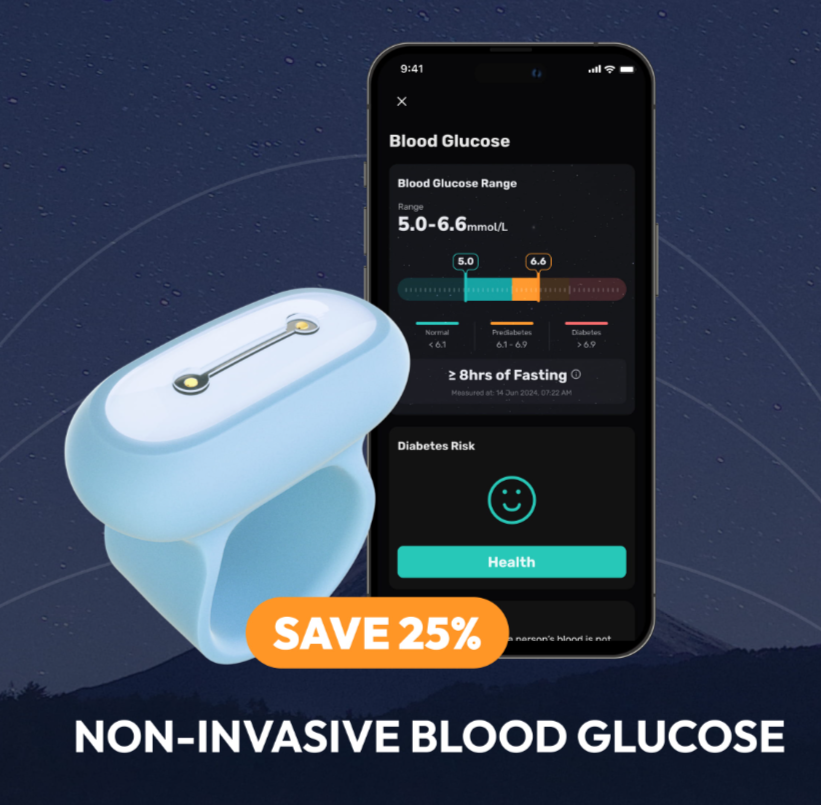
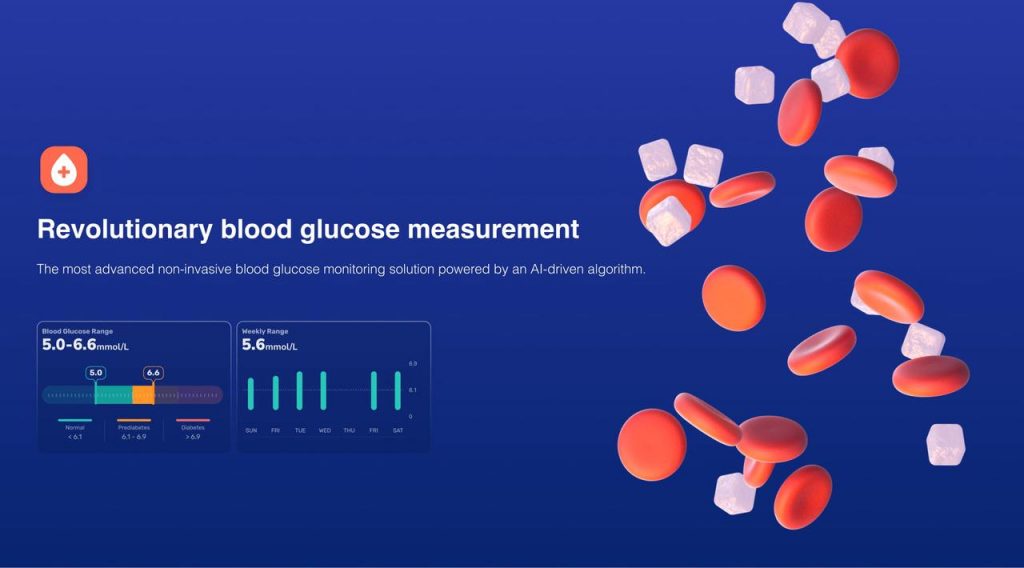


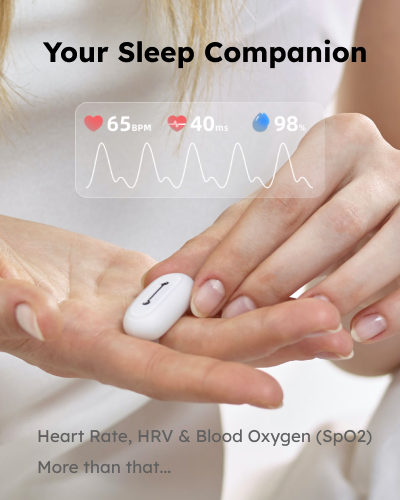





Leave a Reply